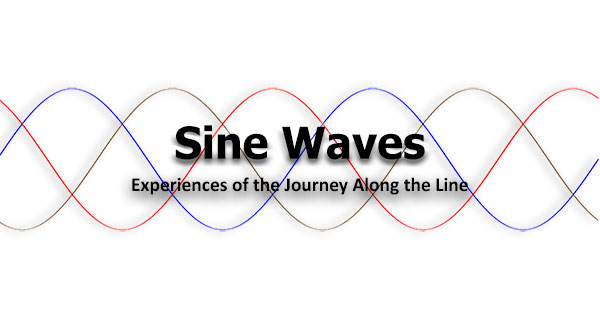How old does a tower, pole or wire need to be before its lifespan is over?
Well, any lineman can tell you when they think the situation is looking risky. Utilities and electrical infrastructure owners use all kinds of systems to monitor and inspect their systems. Accountants and management track plant assets and business plans, using historical data to estimate forecasts to create work plans. Maintenance plans are created to be able to lengthen or extend life spans. Depending on the size of the organization and/or the knowledge available to them, decisions are made. Feedback from the field is usually from inspections.
I am not going to throw rocks at anyone in those roles and let’s face things, nobody gets to drive new cars every year. The point I am trying to make is linemen and women need to be aware of the risks involved with working with everything. Each piece of equipment and everything you do needs to be thoroughly thought out. The people believe that they could postpone maintenance, and things will be fine, are a long way away from the real-time situation.
In Transmission, towers and components are designed well and safety factors were built into the planning, but weather and time exposure are hard to assess. Steel reinforced wire crossings of waterways, hilltops and long spans are rusting, as are the towers and everything else that holds things together. Judging the ground level decay or the metal fatigue measurements of an infrastructure that may be eighty years old, is like judging whether bridges will fall. Overloading and higher levels of environmental stress whittle away at these safety factors.
Distribution overhead is easier to observe but the underground is unseen. The risks of handling things are there and record keeping of each piece should be discussed. Environmental risks of confined spaces for long term medical hazards have only been exposed in the last twenty years.
Let’s be honest, during day-to-day operations or construction our risks are manageable and visible. There is time to create safety plans. Nighttime or inclement weather changes the level of risk. Luckily, failure may have already happened. During storm response, there is janitorial or band aid fixing happening. Grounding and testing protect most dead or cold repairs. Still risks remain from unknown or unexpected movements like trees, motor vehicles or accidental situations.
The last point I want to talk about is our opinion of what risks we are taking. If we overlook our fatigue, experience, level of knowledge, focus or communication, we increase our levels of risk. Teamwork, caring for each other and our families should matter the most. This should be the top priority in weighing our decisions on risk. It is not the same as reading the sign, “wet paint”, then touching it to see how wet. It is more like putting your hand into the fan of your running engine.
Bruce Masse – Trouble Technician

